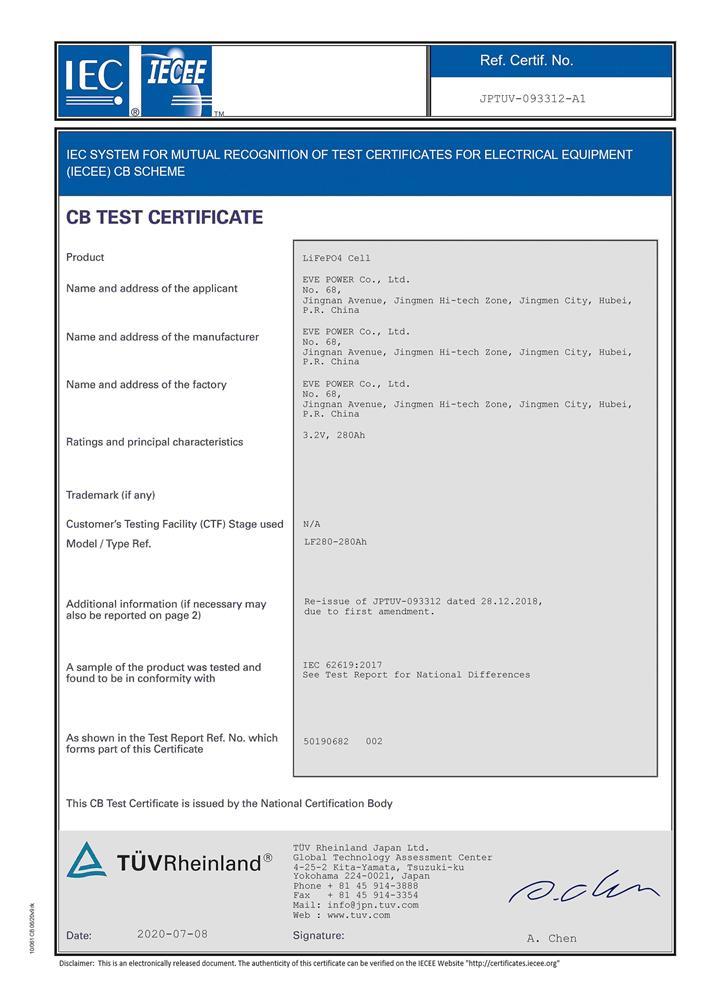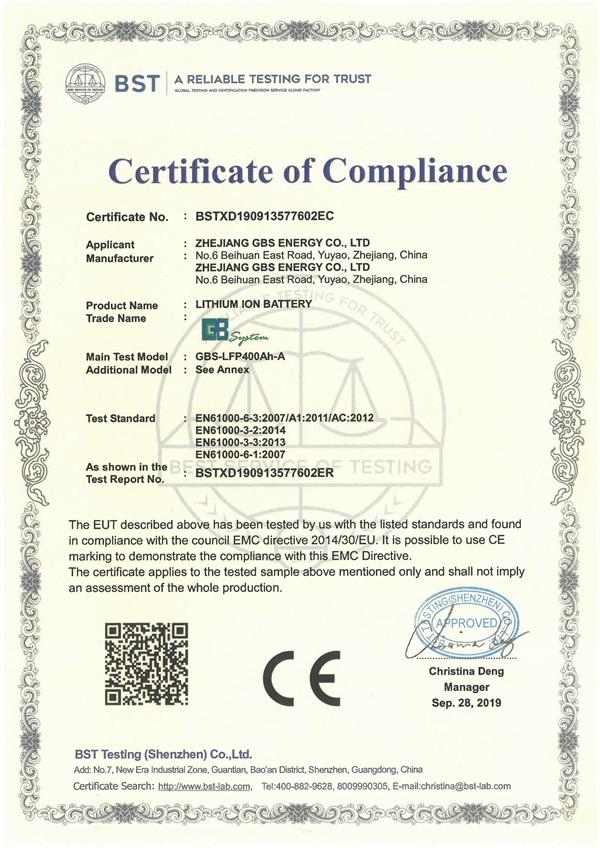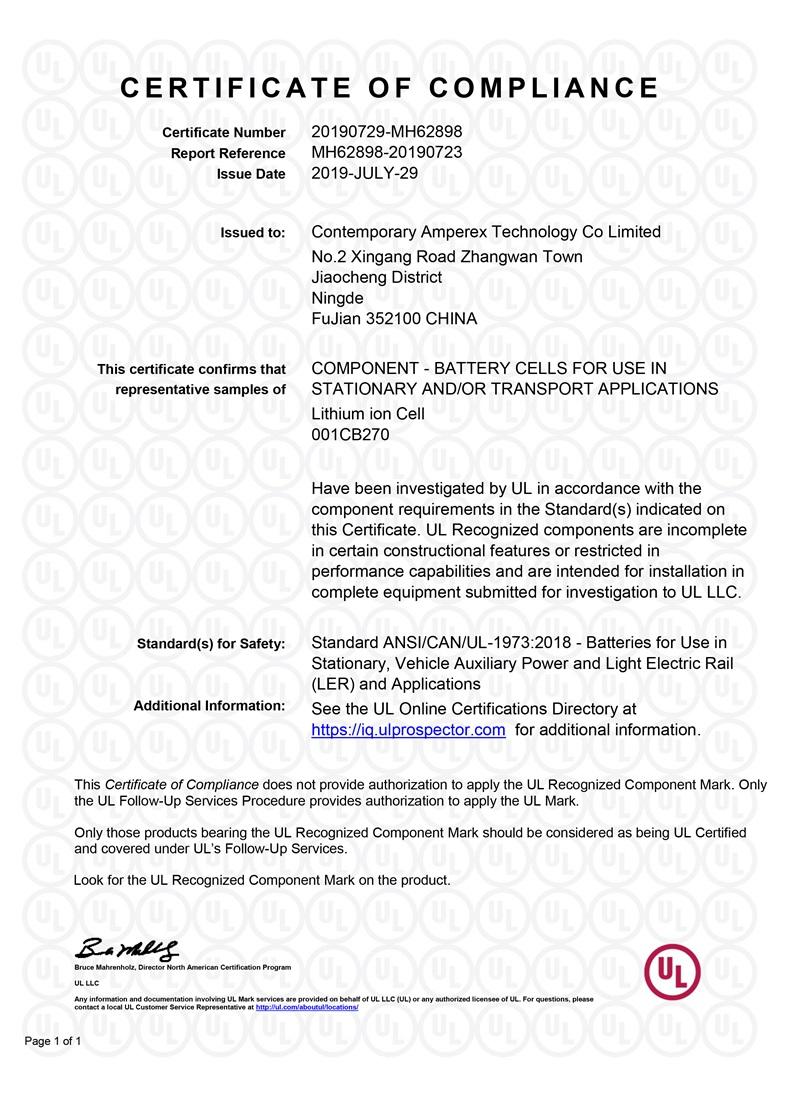Blog
Choosing the Right Battery for Your Electric Bike: Everything You Need to Know
2025-06-02 | Calvin

When choosing the right battery for your electric bike, think of it like picking the perfect fuel for your car—it’s key to how well your bike performs, how far it can go, and how enjoyable your ride will be. With so many options available today, thanks to technological advances, you’re likely seeing a variety of batteries, each offering its own unique benefits. But how do you know which one suits you best? Understanding these options is the first step to making an informed decision that matches your specific riding style and needs. So, what kind of riding experience are you looking for? Let’s dive into the details to help you make the best choice!
Types of Electric Bike batteries
Lithium-ion Batteries
Many experts widely regard lithium-ion batteries as the most popular choice for electric bikes because of their high energy density, lightweight design, and long lifespan. These batteries offer a higher range per charge than other options.
However, within this category, there are multiple variations:
- LiFePO4 Batteries (Lithium Iron Phosphate): Well known for its long lifespan.
- NMC Batteries (Lithium Nickel Manganese Cobalt Oxide): Provides greater energy density in a lighter package.
Lead-Acid Batteries
Electric bike manufacturers have used lead-acid batteries for a long time. They are relatively inexpensive compared to lithium-ion batteries but are heavier and bulkier. Lead-acid batteries have lower energy density and shorter lifespan. However, they can still provide sufficient power for shorter commutes or entry-level electric bikes.
Nickel-Metal Hydride Batteries (NiMH)
Before the rise of lithium-ion batteries, electric bike manufacturers commonly used NiMH batteries. They offer moderate energy density, decent lifespan, and are more environmentally friendly than lead-acid batteries. However, their usage gradually decreases as lithium-ion batteries dominate the market.
Factors to consider when choosing e-bike batteries
Consider several factors when selecting batteries for your electric bike to ensure optimal performance and compatibility.
- Voltage (V): This determines the power output of your e-bike. Common voltages are 36V and 48V, with higher voltages providing more power and speed but potentially reducing range.
- Capacity (Ah): Measured in ampere-hours, this indicates how much energy the battery can store. A higher capacity means a longer range but also adds weight.
- Compatibility: Ensure the battery matches your e-bike's specifications, including voltage and mounting type.
- Weight and Size: Consider how the battery's weight and dimensions will affect your bike's balance and handling. Integrated or frame-mounted batteries often provide better weight distribution.
- Charging Time: Depending on your usage patterns, the time required to recharge the battery can be a critical factor. Some batteries offer fast-charging capabilities, while others may take several hours to fully charge.
- Lifespan and Warranty: Investigate the expected number of charge cycles and any warranties provided, as these can impact long-term costs and reliability.
Understanding Electric Bike Battery Voltage
Voltage plays an integral part of electric bike performance and is directly related to how your bike performs. Consider driving a car instead: voltage serves as horsepower to your engine - with higher voltage generally leading to faster riding, easier hill climbing, and carrying heavier loads without slowing down or stopping altogether.
- 24V: For entry-level e-bike batteries, 24V is enough to get you moving, although you do not expect high speeds or powerful hill climbing abilities. Think of it as a small and efficient car that gets you from point A to B easily and seamlessly.
- 36V: 36V bikes provide an ideal combination of power, speed, and range that's suitable for casual riders. Think of driving a mid-sized sedan: reliable, efficient, and capable of managing most situations.
- 48V: Now things get exciting. At 48V, performance drastically improves - you are looking at faster speeds, quicker acceleration, and superior hill climbing performance - just like when driving a sports car with more power comes more fun.
- 52V:52V batteries represent the high end of our range. 52V batteries are designed for those looking for top performance - like driving a high-performance sports car! You get the maximum speed, improved acceleration, and the capability to tackle even the steepest hills easily.
Understanding Electric Bike Battery Capacity
When we refer to the size of an electric bike battery, we mean its capacity, which is typically measured in watt-hours (Wh) or amp-hours (Ah). Watt-hours measure the total energy capacity of a battery. At the same time, amp-hours indicate its ability to provide current over time.
- Short Commutes and Leisure Rides: For riders who primarily use their e-bike for short commutes and casual rides, battery capacities between 5 and 10 Ah may suffice.
- Longer Rides and Adventures: When planning longer trips over more rugged terrain or covering distances that exceed 200 km, batteries with capacities between 10 and 20 Ah will likely provide the best performance.
Higher-capacity batteries store more energy, which allows longer distances per charge.
How to Calculate the E-bike Battery Size You Need
To calculate the ideal battery capacity for your needs, you can use a simple formula:
Battery Capacity (Ah) = (Power Consumption (W) / Voltage (V)) x Time (h)
Let's break it down:
Here's a practical example. Suppose your electric bike has a power consumption of 500 watts (W) and operates at a voltage of 36 volts (V). If you plan to ride for 2 hours (h), the calculation would look like this:
Battery Capacity (Ah) = (500 W / 36 V) x 2 h = 27.78 Ah.
In this example, you would ideally need an electric bike battery with a capacity of approximately 27.78 ampere-hours to ensure your ebike can comfortably support your 2-hour ride at 500 watts of power consumption. (The calculation provided assumes constant power consumption throughout the entire duration of the ride.)
Are Ebike Batteries Universal?
One of the more frequently asked questions by owners of electric bikes is whether their batteries can be interchanged, making the bike universal.
No, e-bike batteries are not universal.
- Voltage Compatibility: Different electric bikes use various voltages (24V, 36V, 48V, and 52V are all common options), and using batteries with the wrong voltage could cause irreparable harm to either its motor or controller.
- Physical Size and Mounting: Batteries come in different shapes and sizes, which need to fit securely within your e-bike's battery mount.
- Connector Types: Even if voltage compatibility exists between brands and models, different connectors may make swapping batteries impossible without some modifications or adaptation.
Choose an e-bike battery specifically tailored to meet the specifications of your model for optimal compatibility and safety.
How to Reset the Electric Bike Battery?
Resetting an e-bike battery is often necessary when encountering performance issues or recalibrating the battery management system. However, it's important to note that not all bike users can reset batteries manually. Some batteries have built-in protection circuits that automatically handle the resetting process.
If your e-bike battery requires a manual reset, follow these general steps:
- Power Off: Turn off your electric bike and disconnect the battery from the bike.
- Disconnect All Accessories: Remove any accessories or devices connected to the battery, such as lights or displays.
- Wait: Leave the battery disconnected for approximately 10-15 minutes to ensure it dissipates all residual energy.
- Reconnect: Reconnect the battery to the bike, ensuring a secure and proper connection.
- Power On: Turn on your electric bike and check if you have resolved the performance issues.
How to Charge an Electric Bike Battery?
- Plug the charger into a standard electrical outlet.
- Connect the charger to the charging port on your e-bike battery securely.
- Monitor the charging progress by checking the indicator lights on your bike's charger or display panel.
- Allow the battery to charge fully before unplugging it to ensure maximum capacity.
- Store the battery in a cool, dry place away from direct sunlight when not in use to prolong its lifespan.
- Avoid overcharging the battery, as it can reduce its overall longevity.
- Follow the manufacturer's charging frequency and duration guidelines to maintain optimal battery health.
- Consider investing in an intelligent charger with features like automatic shutoff to prevent overcharging and optimize charging efficiency.
Electric Bike Battery Maintenance Tips
There are a few basic but important tips you can follow in order to keep your battery in tip top condition:
- Batteries have an optimum operating temperature – around room temperature. So charge and store the battery indoors in very cold or hot weather; avoid keeping them in direct sunlight.
- If you are riding all year round and often in sub-zero temperatures it could be worth getting a battery cover.
- All batteries will be damaged if persistently over-charged or over-discharged. Use the correct charger for your battery; in particular never use one that wasn't specifically made for your battery. If you buy a good-quality e-cycle in the first place they are more likely to have reliable battery management system (BMS) units in the battery which also helps prevent over-charging and -discharging.
- Don't leave a lithium battery connected after it has achieved full charge.
- Be wary of cheaper batteries with suspiciously high claims for battery life and the number of charge cycles they will last – it may have been set close to the limits for under and over charging which could lead to premature failure.
- Avoid vibration and shock to a battery through rough handling or careless treatment as this can lead to a shortened life, too.
- Try to avoid long periods of storage as lithium batteries degrade slowly; but surely over time, whether used or not. If you do need to store one for a period of months, check what the maker's recommended discharged state is for storage.
Conclusion
Selecting the appropriate battery for your e-bike involves a careful evaluation of your riding habits, bike specifications, and personal preferences. By understanding the different types of batteries and considering key factors such as voltage, capacity, and compatibility, you can make an informed decision that enhances your e-biking experience.
- Next:A Comprehensive Guide to Drone Batteries: From Selection to Maintenance
- Previous:Which Battery is Suitable for AMR (Autonomous Mobile Robots)?
Contact Details
Lithium LiFePO4 Batteries and Lithium LiFePO4 Cells Supplier - LiFePO4 Battery Shop
Contact Person: Miss. Elena Wang
WhatsApp : +8615263269227
Skype : +8615263269227
WeChat :15263269227
Email : info@lifepo4batteryshop.com
All Products
- CALB Battery (0)
- Cylindrical Cell (1)
- Energy Storage System (0)
- Battery Management System (0)
- Sodium ion Battery Cell (0)
- Lithium Titanate Battery (0)
- Ternary Lithium Battery Cell (0)
- REPT Battery (2)
- BYD Battery (2)
- CATL Battery (1)
- Thunder Sky Winston Battery (0)
- EVE Battery (9)
- LiFePO4 Battery Cell (2)
Certification
Customer Reviews
- I have fond memories of our meeting in Shanghai with LiFePO4 Battery Shop Elena. Your company left a strong impression on me with its impressive growth and professionalism. We both value straightforwardness and honesty, which I believe are the most important qualities in any partnership. I am confident that we can build a successful collaboration based on these shared values. —— Robert from USA
- I've been working with LiFePO4 Battery Shop for years, and their reliability is unmatched. While other suppliers frequently change sales teams, LiFePO4 Battery Shop has consistently provided exceptional service with a stable team. Their commitment to quality and customer support truly sets them apart. —— Henry from Australia



